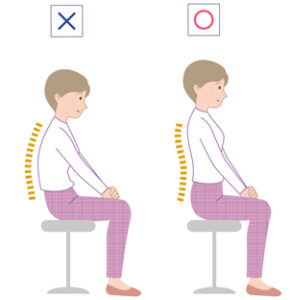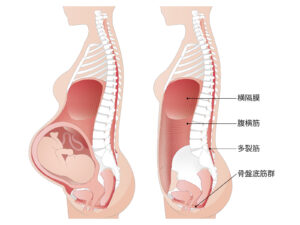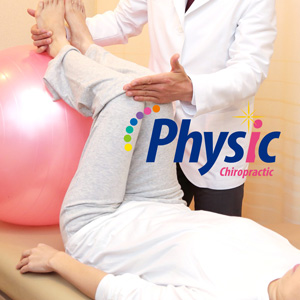Tips for Safe Sitting and Pelvic Alignment
As your baby bump grows, do you find yourself wondering: “What’s the best way to sit without feeling pain?” Many expecting mothers experience discomfort in their lower back, hips, or shoulders from prolonged sitting.
In truth, posture during pregnancy affects not only the spine and pelvis, but also digestion, breathing, and even your baby’s position. This article shares gentle tips on how to sit with comfort and care—supporting both your body and your baby from the inside out.

-
How pregnancy changes posture
As the uterus expands, your abdominal muscles (transverse abdominis, obliques, and rectus abdominis) stretch forward. This can destabilize your core and tilt the pelvis forward, increasing pressure on the lumbar spine. Many women unknowingly arch their lower back or slump into the pelvis, leading to back pain or digestive issues.

-
Poor posture can affect digestion and baby’s comfort
Frequent use of smartphones and slouched sitting can round the upper back, tighten the shoulder blades, and compress the diaphragm. This may reduce lung capacity and lead to shallow breathing. It can also disturb the placement of internal organs, potentially worsening symptoms like heartburn, nausea, or constipation. Maintaining good posture helps keep both your body and your baby comfortable.

-
The ideal sitting position: upright, relaxed, and aligned
Sit deeply on a firm surface with your sit bones (ischial tuberosities) grounded. Keep your spine naturally elongated, ears aligned with shoulders and hips. Avoid tucking or arching your pelvis.
This posture reduces strain and allows for better organ function, breathing, and fetal space. Techniques like “Maternity Hands Care” help release tension around the spine and ribs, freeing the diaphragm for deeper breathing and reducing sympathetic overactivity.
-
Strengthen your core for posture stability
Invisible muscles like the transverse abdominis act like a corset, stabilizing your torso. These deep muscles are controlled by nerves branching from the spine, making spinal mobility and pelvic alignment essential.
We recommend gentle core activation—such as drawing in the lower belly while seated or walking—to naturally support posture. Hands-on spinal care can also help reset your body’s positional awareness (proprioception), making it easier to maintain healthy posture unconsciously.

Conclusion
Correct sitting posture is a gift to both mother and baby. It reduces discomfort, supports digestion and breathing, and encourages optimal fetal positioning.
Even small adjustments in daily habits—like how you sit or use your phone—can significantly improve your well-being. With a little awareness and support, you can enjoy a more comfortable, relaxed pregnancy from the inside out.
Your Complete Guide to “Maternity Hands Care” – A Prenatal Therapy in Tokyo
-
- Daily Lifestyle & Self-Care Tips
– Posture, breathing techniques, self-massage, wellness routines
- Daily Lifestyle & Self-Care Tips
31. How to Sit Comfortably During Pregnancy
32. Gentle Maternity Stretching for Non-Active Moms
33. Gentle Nutrition for a Healthy Pregnancy
34. Warming the Body and Reducing Swelling During Pregnancy
35. Gentle Gut Habits During Pregnancy








